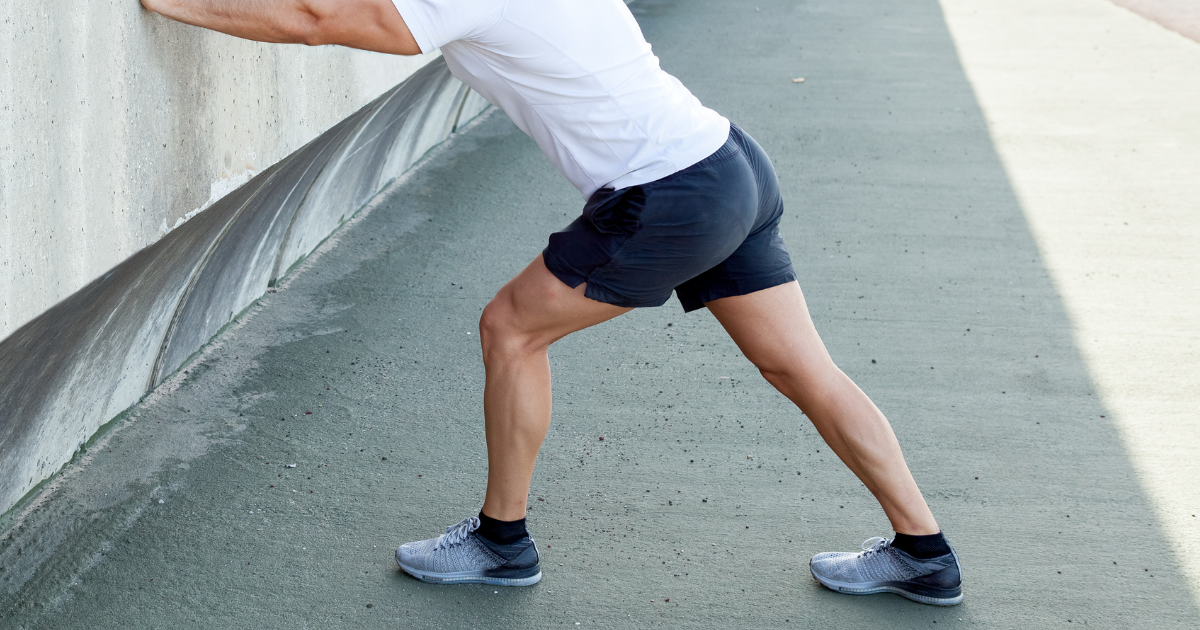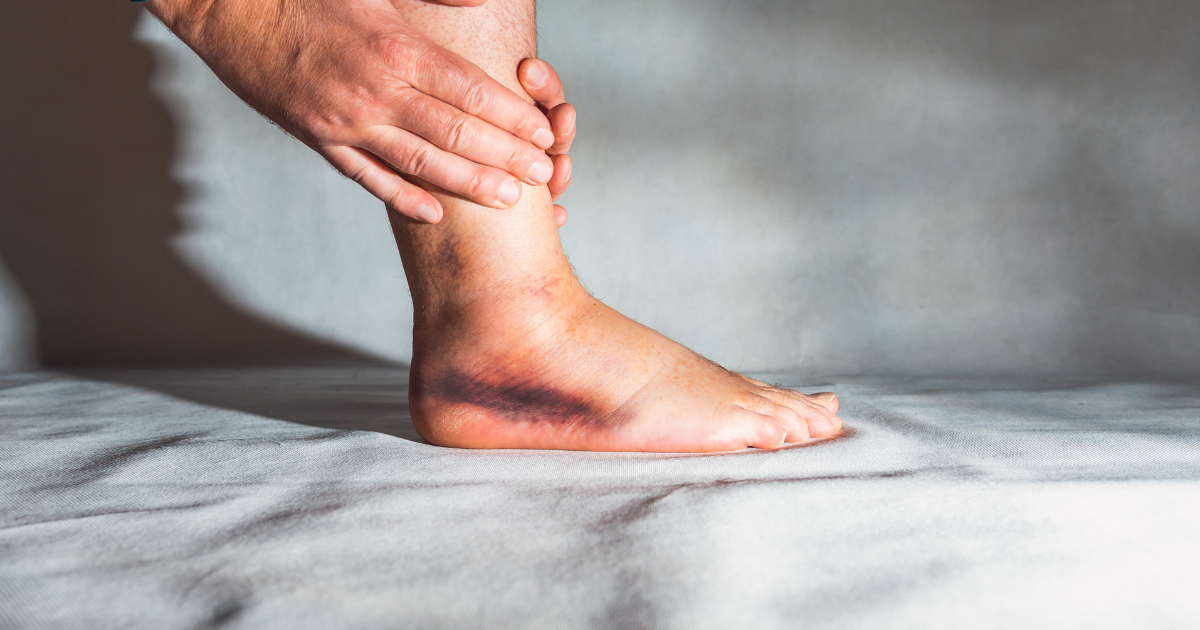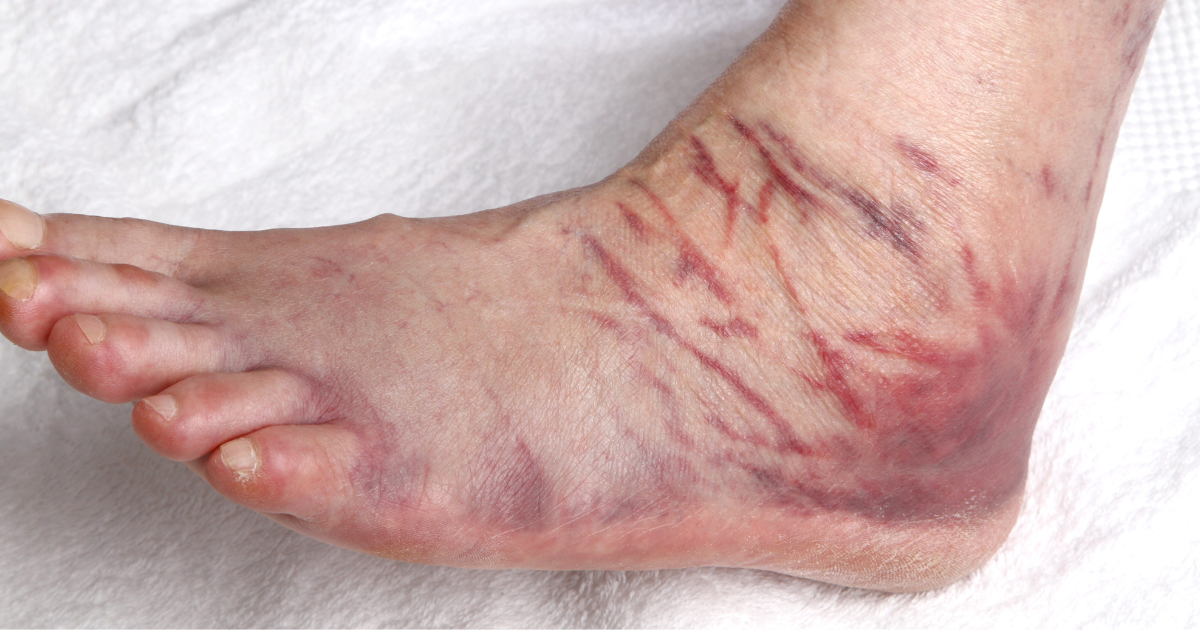The Risks of Ignoring Ankle Pain During Exercise: What You Need to Know
Returning to exercise after a break or ramping up your workout intensity can bring many benefits. However, for many, it also brings a less welcome guest—ankle discomfort, swelling, or even pain. Whether you’re a seasoned athlete or just getting back into fitness, ankle issues can slow down your progress and make you dread your next workout. In this blog, we’ll explore why ankle pain often flares up during or after exercise, how to manage discomfort, and steps you can take to prevent future issues.
Why Your Ankles Hurt During or After Exercise
Ankle pain during or after exercise is more common than you think. It’s usually due to one of three culprits: overuse, poor flexibility, or weak ankle muscles. Here’s how these factors can contribute to discomfort:
Overuse or Sudden Increase in Intensity
One of the most common causes of ankle pain is overuse. When you push your body too hard—especially after a long period of inactivity—it struggles to adapt to the new level of strain. Your ankle joint is no exception. If you’ve recently started a more intense fitness routine, the repetitive stress can cause inflammation in the soft tissues, leading to pain and swelling.
Similarly, if you’ve taken a break from exercise, your body needs time to readjust to the regular demands of your routine. Jumping back into high-impact workouts like running or jumping without gradually easing back in can overstress your ankles.
Lack of Flexibility
Tightness in the muscles around your ankle, particularly the calves and Achilles tendon, can restrict your ankle’s range of motion. This stiffness makes your body compensate by overworking other parts of the foot and ankle, causing pain. If you find your ankle feels stiff or sore during exercises like squats, lunges, or even while walking, inflexibility could be the root of the problem.
Weak Ankle Muscles
Your ankle’s stability largely depends on the strength of the surrounding muscles and tendons. Weakness in these muscles, particularly the peroneal muscles (which help with lateral stability), leaves your ankle vulnerable to pain, discomfort, and injury. When these muscles are weak, they can’t properly support the ankle joint, causing stress to build up, especially during side-to-side movements or uneven terrain.
Key takeaway: Ankle pain is often the result of pushing too hard too soon, poor flexibility, or weak muscles. Understanding these causes can help you manage and prevent future discomfort.
Managing Swelling and Discomfort
If you’re dealing with ankle pain during or after exercise, the first step is managing the swelling and discomfort to prevent further irritation. Here are some tips to help:
Compression Socks
Wearing compression socks during and after workouts can help reduce swelling by improving circulation in your lower legs. Compression socks provide gentle pressure, which aids in reducing inflammation and improving the flow of blood back to the heart, helping to minimize the pooling of fluids in your ankles.
Elevation
After a workout, elevating your feet above heart level can reduce swelling and discomfort. Gravity helps drain excess fluid from your lower limbs, allowing blood to flow more efficiently through the injured tissues. Aim to elevate your legs for 15-20 minutes after your workout to promote recovery.
Rest and Recovery Days
It’s tempting to push through ankle pain, especially if you’re focused on achieving your fitness goals. However, rest is one of the most effective ways to manage discomfort. Overtraining without adequate recovery days increases the risk of further damage, as your ankle tissues don’t have enough time to heal. Incorporating designated rest days allows your muscles and tendons to repair themselves and build strength over time.
Key takeaway: Managing swelling and discomfort involves strategies like using compression socks, elevating your feet, and allowing proper recovery time between workouts.
Preventing Ankle Pain with Proper Warm-Ups and Strengthening
Prevention is always better than cure, and one of the best ways to avoid ankle pain is to strengthen your ankles and ensure they’re warmed up before any workout. Here are a few exercises and techniques that can help:
Warm-Up Routine
Before diving into your workout, it’s important to prime your ankles with a proper warm-up. A good warm-up increases blood flow to the muscles, improves flexibility, and reduces the risk of injury. Here are a few simple ankle-focused warm-up exercises to incorporate:
- Ankle Circles: While seated or standing, slowly rotate your ankle in circular motions, 10 times in each direction. This helps loosen up the joint and improve mobility.
- Calf Stretches: Tight calf muscles can strain the ankle joint. Stretch your calves by standing on a step with your heels hanging off the edge and gently lowering your heels toward the ground.
- Toe and Heel Walks: Walk on your toes for 30 seconds, then switch to walking on your heels for another 30 seconds. This activates the muscles that stabilize your ankle.
Strengthening Exercises
Building strength in the muscles around your ankle is key to preventing pain and injury. Incorporating ankle-strengthening exercises into your routine will improve your ankle’s resilience. Here are a few suggestions:
- Resistance Band Exercises: Use a resistance band to perform ankle dorsiflexion and plantarflexion exercises. This strengthens the muscles in the front and back of your ankle, improving overall stability.
- Single-Leg Balances: Balancing on one leg helps strengthen the muscles that stabilize your ankle. Start with 30 seconds on each leg, gradually increasing the time as you get more comfortable.
- Calf Raises: Standing on a step or flat surface, lift your heels as high as possible, then slowly lower them back down. This exercise strengthens both your calves and ankles, improving your ability to absorb impact during exercise.
Key takeaway: A proper warm-up and strengthening routine can help prevent ankle pain, keeping you active and injury-free.
When to Take a Break and Seek Professional Help
Sometimes, no matter how careful you are, your body sends signals that it’s time to take a break. Here’s when you should hit pause on your workouts and consider seeking professional help:
Persistent Pain
If your ankle pain persists even after rest, ice, and elevation, it could be a sign of something more serious, such as a ligament injury or tendonitis. Pain that lasts for more than a week without improvement warrants a visit to a healthcare provider.
Swelling That Doesn’t Go Down
While some swelling after a workout is normal, excessive swelling that doesn’t subside within a few days may indicate a deeper issue. Chronic swelling could mean you’re dealing with a sprain or other injury that requires medical attention.
Numbness or Tingling
Experiencing numbness, tingling, or a loss of sensation in your ankle or foot during or after exercise is a red flag. This could indicate nerve involvement or a more serious condition that needs immediate evaluation by a medical professional.
Key takeaway: Know when it’s time to rest and seek professional help. Persistent pain, swelling, and unusual sensations should not be ignored.
Conclusion
Ankle pain and discomfort during exercise are common, but they don’t have to derail your fitness journey. By understanding the root causes of your pain, managing swelling, and incorporating proper warm-ups and strengthening exercises, you can protect your ankles and keep working toward your goals. Remember, it’s important to listen to your body and take breaks when needed to avoid more serious injuries. If discomfort persists, don’t hesitate to seek professional advice to ensure you’re on the right path to recovery and long-term health.
Dr. T



